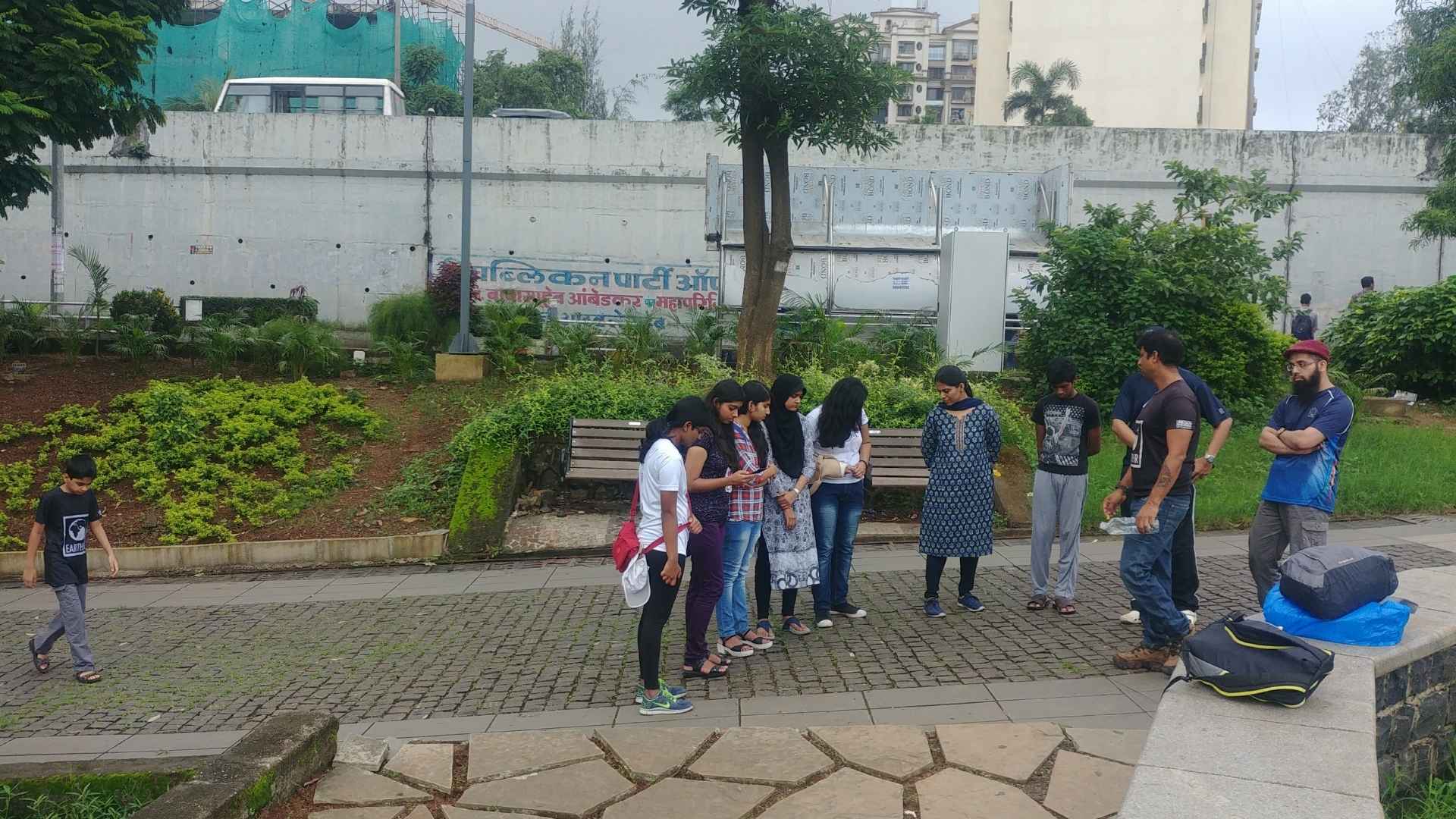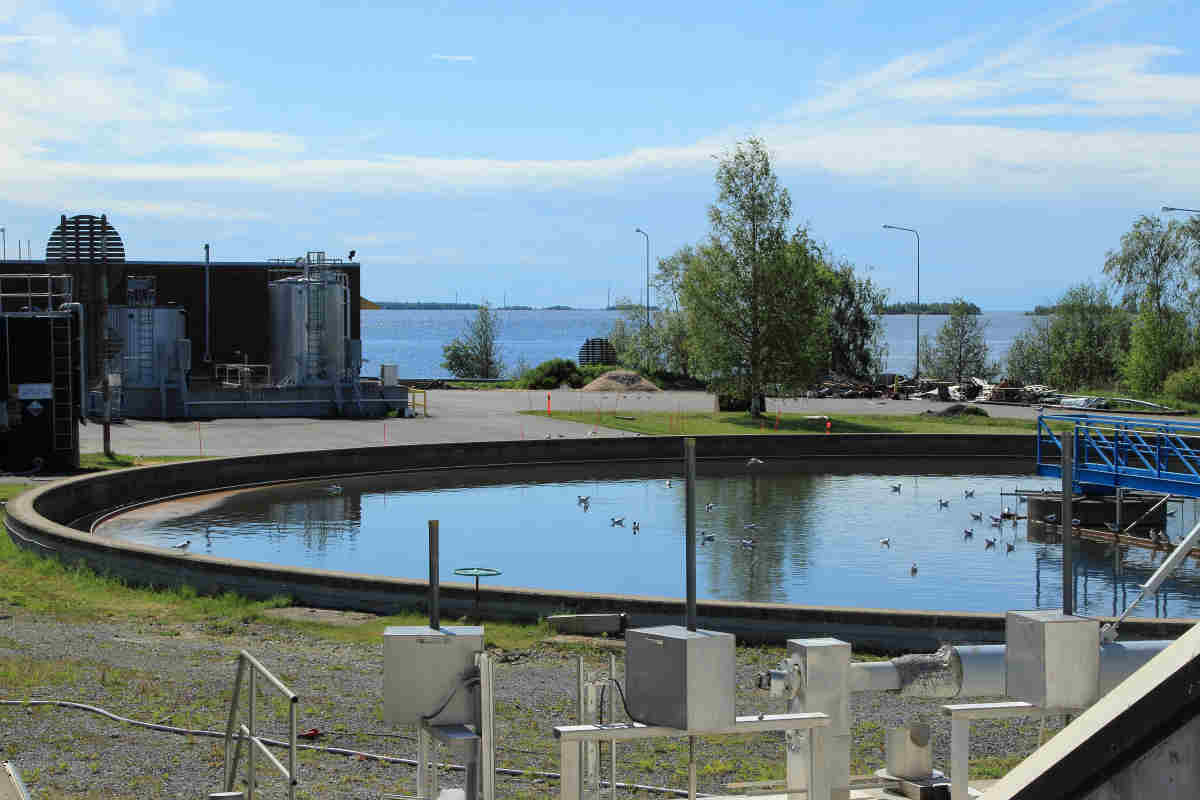Urbanization, rapid population growth, and changing consumption patterns have led to an unprecedented rise in solid waste generation across global cities. In India alone, urban areas produce over 160,000 tonnes of municipal solid waste daily, with projections indicating a dramatic increase in the coming decades. Globally, the World Bank estimates that solid waste generation will exceed 3.4 billion tonnes annually by 2050.
Improper waste management not only poses serious environmental risks—such as groundwater contamination and air pollution—but also has deep socio-economic and public health consequences, particularly for marginalized communities. Integrated Urban Waste Management (IUWM) has emerged as a holistic framework to address this multifaceted crisis.
It emphasizes the coordinated handling of waste through reduction, segregation, collection, recycling, treatment, and responsible disposal—while integrating community participation, technological innovation, and policy alignment. Earth5R, a Mumbai-based environmental organization, has pioneered a community-driven, data-backed approach to IUWM.
Its mission revolves around creating sustainable, circular economies by empowering citizens, leveraging digital tools, and partnering with local stakeholders. This article decodes Earth5R’s integrated waste management strategy, analyzing its components, scientific rationale, community engagement models, and real-world impacts. It seeks to answer: How effective is Earth5R’s model in addressing urban waste challenges? Can it be scaled sustainably across diverse urban settings?
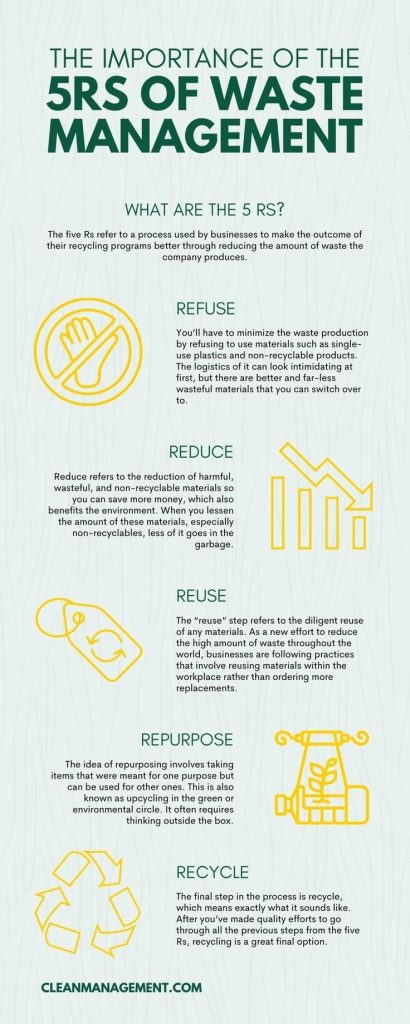
This infographic explains the 5Rs of waste management—Refuse, Reduce, Reuse, Repurpose, and Recycle—as a strategic process to minimize environmental impact and promote sustainability. It emphasizes how thoughtful material choices and innovative reuse can significantly cut down on waste generation.
Conceptual Framework of Integrated Urban Waste Management (IUWM)
Integrated Urban Waste Management (IUWM) is a comprehensive approach that addresses the entire lifecycle of urban waste—from generation to disposal—while optimizing environmental, economic, and social outcomes. Unlike conventional linear systems that rely heavily on landfilling, IUWM promotes a systems-thinking framework that integrates waste reduction, resource recovery, and sustainable treatment practices.
According to the United Nations Human Settlements Programme (UN-Habitat), IUWM involves coordinating various waste streams and stakeholders to deliver efficient, inclusive, and environmentally sound services. The core components of Integrated Urban Waste Management (IUWM) encompass a holistic sequence of actions aimed at minimizing environmental impact and maximizing resource recovery.
It begins with waste reduction at the source, achieved through public education, policy enforcement, and behavior change initiatives that encourage mindful consumption. Segregation follows, where biodegradable, recyclable, and hazardous waste are sorted at both household and institutional levels to facilitate efficient downstream processing.
Collection and transportation are optimized using route mapping and digital tracking tools, ensuring timely and resource-efficient operations. The treatment phase involves environmentally sound methods such as composting, anaerobic digestion, and processing through material recovery facilities (MRFs) to extract value from waste.
Finally, IUWM emphasizes safe disposal practices, significantly reducing reliance on landfills and incineration by promoting sustainable alternatives. A key tenet of IUWM is the integration of community participation, recognizing that citizen behavior and local stakeholder engagement are essential to long-term success. This intersects with the principles of the circular economy, which emphasizes designing waste out of the system, keeping resources in use, and regenerating natural systems.
Globally, countries like Sweden, Japan, and Germany have demonstrated the effectiveness of IUWM. Sweden incinerates less than 1% of its household waste, converting the rest into energy or recycled materials. Japan’s 3R (Reduce, Reuse, Recycle) policy and Germany’s producer responsibility systems have drastically reduced landfill dependency while fostering innovation in recycling technologies.
Scientific literature consistently supports the IUWM model. A 2020 study published in Waste Management & Research found that cities implementing integrated strategies saw a 30–50% increase in material recovery rates and a significant reduction in greenhouse gas emissions.
A 2021 meta-analysis in the Journal of Environmental Management found IUWM systems to be resilient and cost-effective over time. Their success is amplified when integrated with data-driven strategies and decentralized infrastructure. IUWM shifts waste management from reactive to proactive practices. It promotes systemic thinking and long-term sustainability. This approach supports the transition to circular urban economies. Ultimately, it forms a cornerstone of sustainable urban development.
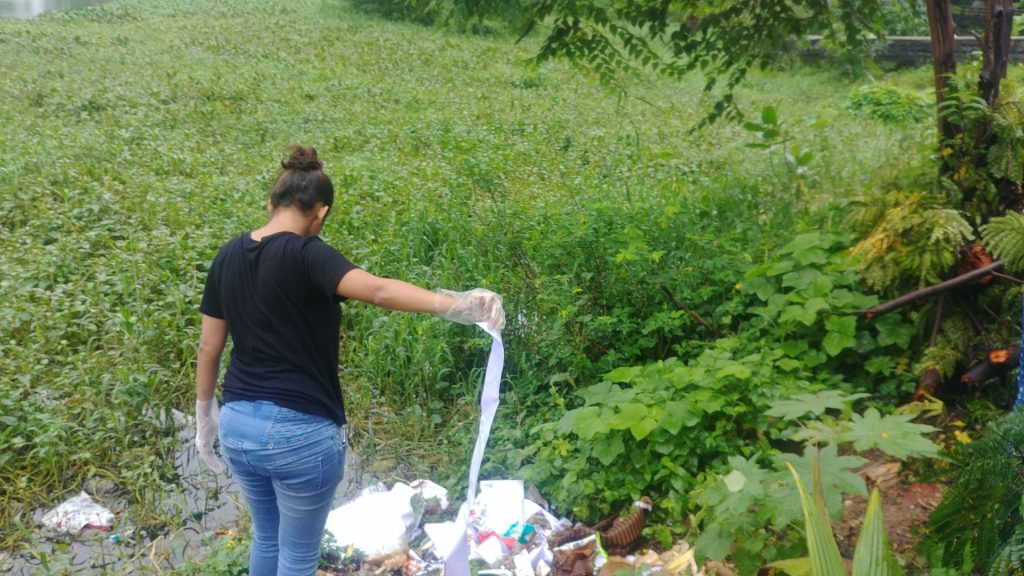
Earth5R’s Strategy: Core Components and Structure
Earth5R’s Integrated Urban Waste Management (IUWM) strategy stands out for its grassroots-oriented, data-driven, and decentralized approach. At its core, the model emphasizes sustainability through citizen empowerment, technological innovation, and strategic partnerships, aiming to transform linear waste systems into circular, inclusive frameworks.
Designed for adaptability, Earth5R’s strategy is implemented in both informal settlements and urban neighborhoods, aligning with local governance and policy priorities. A critical entry point in Earth5R’s model is awareness and training programs. These initiatives educate citizens on the importance of waste segregation, reduction, and recycling through door-to-door campaigns, workshops, and digital platforms.
According to Earth5R’s internal data from Mumbai’s Powai Ward, over 75% of households improved segregation practices within six months of targeted training. Another key pillar is the establishment of decentralized waste collection and sorting hubs. These micro-centers act as neighborhood-level infrastructure for segregating recyclables, organics, and hazardous waste, reducing dependency on centralized landfills and easing logistical burdens.
Pilot studies have shown that decentralized hubs can reduce local waste volumes by up to 40% while creating livelihood opportunities for waste pickers and informal workers. Earth5R’s digital engagement tools—including mobile apps and geospatial mapping—enhance citizen participation and streamline operations. These platforms help track waste generation patterns, reward environmentally responsible behavior, and create real-time feedback loops between citizens and waste managers.
A vital strength of the strategy lies in collaborations with Urban Local Bodies (ULBs), housing societies, and Resident Welfare Associations (RWAs). These partnerships ensure alignment with municipal frameworks and facilitate long-term project sustainability. In Pune, Earth5R collaborated with local ward offices to integrate community waste hubs into the city’s Smart City Mission, resulting in a 35% improvement in localized waste diversion.
The model’s waste-to-resource conversion systems—such as composting units and recycling facilities—create circular economic value. Organic waste is processed into compost for urban farming, while recyclables are funneled to local industries, reducing environmental load and supporting micro-economies.
Crucially, Earth5R’s strategy integrates environmental, social, and economic dimensions. It reduces landfill emissions, fosters community cohesion, and generates green jobs—particularly for women and marginalized groups. This multidimensional approach not only addresses the technical aspects of waste management but also drives sustainable urban transformation by putting communities at the center.
Community Engagement and Behavioural Change Models
Community engagement lies at the heart of Earth5R’s Integrated Urban Waste Management strategy. Recognizing that long-term sustainability hinges on active citizen participation, Earth5R employs a range of behavioral science methodologies to drive shifts in public attitudes and practices related to waste.
The organization’s engagement model begins with door-to-door interactions, facilitated by trained volunteers and local youth, who conduct awareness sessions tailored to the socio-economic context of each community. These are complemented by interactive workshops, street plays, and demonstration activities that educate residents on segregation, composting, and the environmental impacts of improper waste disposal.
Earth5R places particular emphasis on empowering women as sustainability champions within their neighborhoods, creating peer-led momentum for behavior change. Drawing from behavioral economics, Earth5R strategically employs nudges—subtle changes in the choice architecture of daily routines. For example, color-coded bins with visual instructions are distributed in residential societies to simplify segregation.
Earth5R also uses gamification tactics such as point-based reward systems and leaderboard rankings for households or societies that consistently follow sustainable waste practices. In several pilot projects, these tools were found to increase segregation compliance rates by over 40% within a three-month period.
Digital engagement further reinforces behavioral shifts. Earth5R’s mobile app enables residents to log waste segregation activities, earn eco-points, and access real-time community impact metrics. This transparency boosts accountability while offering a sense of collective achievement. The app also facilitates micro-surveys and feedback collection, which helps the organization fine-tune its outreach strategies.
Quantitative metrics reveal the efficacy of these interventions. In a project implemented across 10 housing societies in Thane, pre-intervention segregation compliance stood at just 18%. Post-intervention, compliance rose to 68% within six months, with a corresponding 45% reduction in mixed waste sent to landfill. Additionally, surveys showed that 82% of participants reported an increased understanding of the environmental impacts of waste mismanagement.
Qualitative data from third-party assessments—such as impact studies by local academic institutions and NGOs—have validated Earth5R’s community engagement model as replicable and scalable. Testimonials from residents often highlight increased civic pride and a sense of shared responsibility as key motivators for sustained participation.
In sum, Earth5R’s behavioral change model transforms passive residents into proactive environmental stewards. By combining psychological insights with grassroots mobilization, the organization ensures that urban waste management becomes a shared, lived practice rather than a top-down mandate.
Scientific and Technological Interventions
Earth5R’s Integrated Urban Waste Management strategy is underpinned by a strong scientific and technological foundation that enables precise planning, efficient execution, and measurable impact. Central to this is the use of data analytics, Artificial Intelligence (AI), and Geographic Information Systems (GIS) for waste mapping and monitoring.
These tools allow Earth5R to visualize patterns of waste generation, identify hotspots, and design customized interventions at the micro-community level. For instance, Earth5R’s waste mapping in Mumbai’s Powai area combined field data with satellite imagery to classify zones based on waste volume, type, and frequency.
This data-driven approach enabled the deployment of decentralized waste hubs in high-waste areas, reducing collection inefficiencies by over 30%. AI algorithms further analyzed temporal data to forecast waste surges during festivals or local events, allowing preemptive allocation of collection resources.
A notable pilot project in Thane integrated GIS-based tracking with community feedback loops, leading to a 42% increase in the efficiency of waste segregation and collection. The project also introduced smart bins equipped with sensors to monitor fill levels in real-time, which reduced overflow incidents and optimized pickup schedules.
Earth5R also emphasizes Life-Cycle Analysis (LCA) and Environmental Impact Assessments (EIA) to evaluate the long-term sustainability of its interventions. LCA helps compare the environmental costs of different waste treatment methods, such as composting versus incineration. This scientific approach ensures that decisions are based on data rather than assumptions.
In Pune, Earth5R applied LCA findings to assess waste management practices in residential communities. The results supported the installation of composting units in housing societies as a more sustainable alternative. This intervention led to a 55% reduction in biodegradable waste being transported to landfills.
Scientific literature supports these technological choices. A 2019 study in the Journal of Cleaner Production concluded that integrating AI and GIS in urban waste systems significantly enhances operational efficiency and environmental compliance. Similarly, research published in Waste Management & Research affirms the value of decentralized monitoring technologies in minimizing logistical costs and carbon footprints.
Earth5R also collaborates with academic institutions and research labs to stay aligned with the latest advancements in sustainable waste technologies. These partnerships not only provide third-party validation but also help in adapting global innovations to local contexts. By embedding science and technology at every stage—from diagnostics to delivery—Earth5R ensures its waste management interventions are not only reactive but predictive, scalable, and environmentally sound.
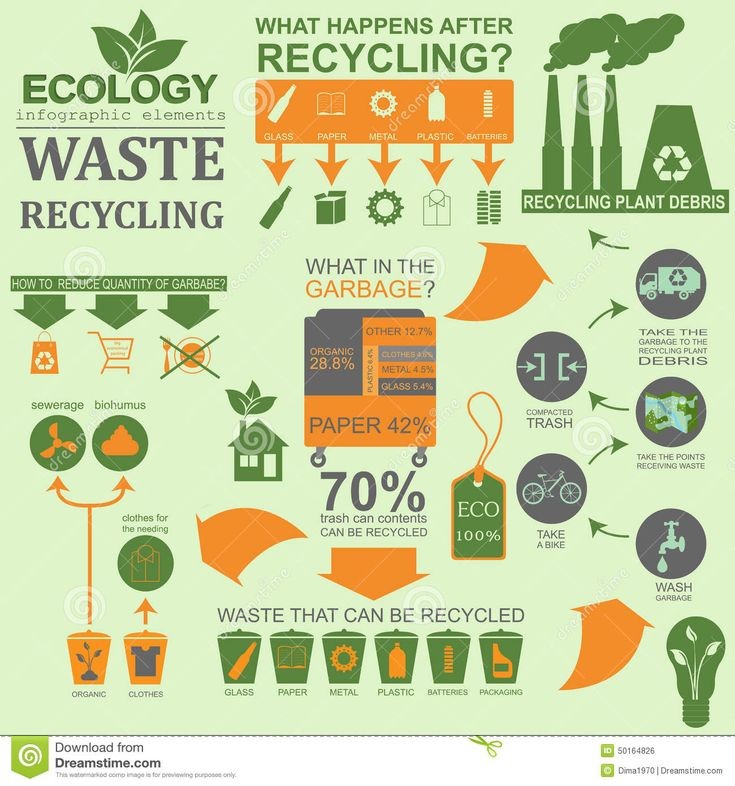
This infographic illustrates the recycling process, showing how various waste types like paper, metal, and plastic are processed and reused. It highlights that 70% of garbage can be recycled and offers practical tips to reduce waste and promote sustainability.
Case Studies of Implementation
Case Study: Powai Ward, Mumbai – Building a Circular Neighborhood
In Mumbai’s Powai ward, Earth5R piloted its Integrated Urban Waste Management (IUWM) model in collaboration with local housing societies, ward offices, and citizen volunteers. The initiative targeted 15 residential societies, informal settlements, and market zones, aiming to transform the area into a zero-waste neighborhood.
The initial challenges included poor segregation practices, irregular waste collection schedules, and a lack of awareness among residents about the environmental and health impacts of improper waste disposal. Many housing societies were also reluctant to install composting units due to space and maintenance concerns.
Earth5R conducted a comprehensive waste audit, mapping waste generation at the household level using mobile-based surveys and GIS tagging. This data was then used to design customized intervention plans. Awareness campaigns, gamified training modules, and interactive workshops were rolled out across the ward. The organization installed decentralized composting units and dry waste collection centers, along with color-coded bins for easy segregation.
To ensure participation, Earth5R developed a community reward system where societies demonstrating high compliance in waste segregation and composting received digital “green points” redeemable for eco-friendly products and services. Volunteers were trained as “Green Ambassadors” to conduct peer monitoring and support sustained behavioral change.
The impact of the intervention in Powai was significant. Waste segregation levels improved from just 22% to 74% within 7 months, marking a dramatic shift in residents’ behavior. As a result, the volume of biodegradable waste sent to landfills dropped by 58%, contributing to reduced environmental strain.
Additionally, over 3,000 kg of organic waste was converted to compost each month, which was then utilized in local urban farming projects, promoting sustainable food production. A community survey conducted after the intervention revealed that 85% of participants felt “more environmentally responsible,” highlighting the effectiveness of Earth5R’s educational and engagement efforts.
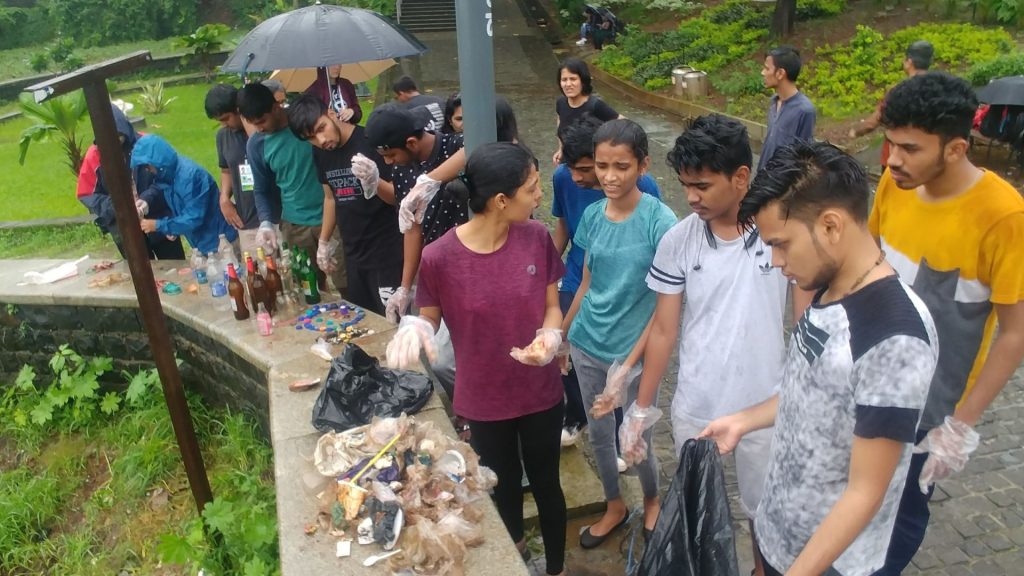
Case Study: Thane – Digital Empowerment and Smart Waste Solutions
In Thane, Earth5R implemented a tech-driven version of its IUWM model across five urban neighborhoods, focusing on integrating smart tools for waste management. The intervention combined grassroots participation with digital monitoring systems to improve waste handling efficiency and transparency.
The primary issue was inefficient waste collection due to route mismanagement and inconsistent segregation, leading to mixed waste being sent to landfills. Local authorities faced a lack of real-time data to take timely corrective action. Earth5R introduced a digital waste tracking system using QR-coded bins and GPS-enabled collection vehicles. This allowed real-time monitoring of collection routes, fill levels, and waste types. A mobile app was launched to let citizens log their waste disposal habits, report service gaps, and receive educational content.
Decentralized waste hubs were established in each locality for sorting dry and wet waste. Earth5R collaborated with municipal authorities and RWAs to ensure integration into Thane’s broader waste management framework. The impact of Earth5R’s intervention in Thane was substantial. Waste collection route efficiency improved by 42%, leading to a reduction in fuel use and operational delays. Waste segregation saw a significant increase from 30% to 78% over six months, while the volume of recyclable materials recovered rose by 60%, easing the burden on municipal landfills.
The introduction of smart bins resulted in an 80% reduction in overflow incidents, ensuring a cleaner and more efficient waste management system. Likewise, citizen satisfaction, as measured through app feedback, increased by 70%, reflecting the positive response to the technological and community-based solutions implemented.
Both case studies demonstrate Earth5R’s ability to tailor its IUWM model to diverse urban contexts—leveraging community energy, scientific planning, and digital tools. While challenges persist, such as ensuring long-term maintenance of infrastructure and keeping community motivation high, Earth5R’s iterative and inclusive approach allows for continual learning and scaling.
Policy Alignment and Scalability
Earth5R’s Integrated Urban Waste Management (IUWM) model aligns seamlessly with key national and international policies, reinforcing its relevance and applicability in diverse urban contexts. The model directly supports the goals of Swachh Bharat Mission (SBM), India’s flagship cleanliness initiative aimed at achieving a clean and open defecation-free India by 2022.
Earth5R’s focus on waste segregation, decentralized management, and community participation resonates with SBM’s objectives of eliminating open dumping and reducing waste sent to landfills. In addition, Earth5R’s approach of turning waste into resources, such as compost and recycled materials, mirrors SBM’s promotion of waste-to-energy and resource recovery solutions.
Similarly, Earth5R’s strategy complements India’s Smart Cities Mission, which emphasizes the adoption of smart technologies and efficient waste management solutions to enhance the livability and sustainability of urban areas. Through its digital tools, data-driven monitoring, and smart waste tracking systems, Earth5R contributes to the mission’s vision of smart, sustainable urban development.
The integration of GIS, AI, and mobile apps within Earth5R’s model aligns with the broader objectives of technological integration in urban governance and waste management. On the global stage, Earth5R’s work supports the United Nations Sustainable Development Goals (SDGs), particularly Goal 11 (Sustainable Cities and Communities) and Goal 12 (Responsible Consumption and Production).
By focusing on circular economy models, waste reduction, and community participation, Earth5R contributes to building sustainable, resilient cities while promoting responsible consumption patterns. Its model also supports SDG 13 (Climate Action) by reducing greenhouse gas emissions from landfills and incineration through waste diversion and resource recovery.
The scalability of Earth5R’s model across cities with varied contexts is a key strength. The model’s flexibility allows it to be tailored to meet the specific needs of different urban environments—whether high-density metropolitan areas like Mumbai or smaller towns like Thane and Pune.
Earth5R’s decentralized hubs and community-centric approach make it particularly suitable for regions with limited infrastructure or in informal settlements that often lack efficient waste management systems. Moreover, Earth5R has formed strategic partnerships with a diverse range of stakeholders, including government agencies, NGOs, and corporates, to extend the reach and impact of its initiatives.
Its collaboration with local Urban Local Bodies (ULBs) ensures alignment with municipal waste management policies, while partnerships with corporates and NGOs help secure funding, technical expertise, and outreach. Notably, Earth5R has worked with international organizations to implement pilot projects that have garnered attention for their innovative approach and results. These collaborations ensure that Earth5R’s IUWM model is not only scalable but also sustainable in the long run, fostering a multi-sectoral approach to urban waste challenges.
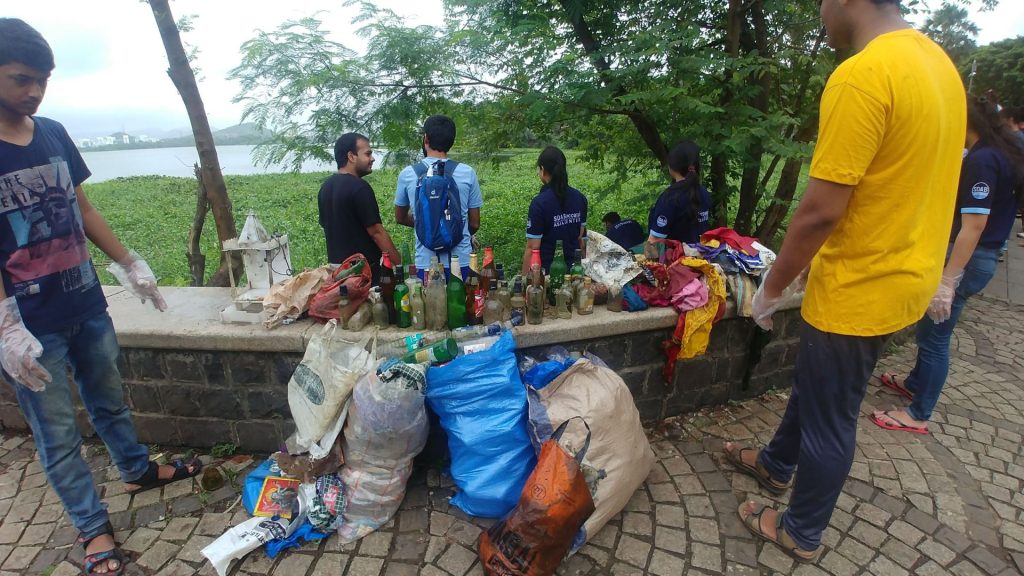
Sustaining Urban Waste Management: Evaluating Earth5R’s Strategy and the Path Forward
The findings from Earth5R’s Integrated Urban Waste Management (IUWM) model underscore the significant potential for community-driven waste management solutions in urban settings. Through case studies in cities like Mumbai and Thane, Earth5R has demonstrated the effectiveness of its approach.
The combination of decentralized waste handling, digital tools, and behavioral science has led to impressive reductions in waste sent to landfills. Besides, it has resulted in higher recycling rates and more sustainable waste management practices. The model has proven effective in improving waste segregation and diverting organic waste to composting. Furthermore, Earth5R’s strategy has helped reduce operational inefficiencies in waste collection systems.
However, Earth5R’s strategy, while successful in its pilot areas, faces challenges in scaling to diverse urban contexts. The reliance on community engagement and volunteer-driven initiatives presents a potential limitation. Long-term sustainability may depend on continued public motivation and institutional support.
Ensuring consistent participation from all stakeholders is a critical factor for success. Managing maintenance costs for decentralized infrastructure also remains a challenge. Furthermore, integrating Earth5R’s model within broader municipal frameworks is essential for its wider adoption and long-term impact.
Future research could focus on optimizing technological solutions like AI and GIS to enhance waste prediction models, which would further improve the efficiency of waste collection and resource recovery. Moreover, exploring the economic viability of waste-to-resource systems, such as anaerobic digestion for biogas production, could expand the range of solutions offered by Earth5R’s model.
In terms of implementation, it is critical that Earth5R’s model evolves with the dynamic needs of cities, incorporating new policy frameworks and fostering stronger public-private partnerships. There is also a need for continuous community education to ensure behavioral change is sustained over time.
Ultimately, Earth5R’s IUWM model demonstrates significant potential for replication across cities of various sizes and infrastructure levels. Its adaptability, rooted in data-driven decision-making and grassroots involvement, makes it a promising approach for sustainable waste management globally, contributing to long-term environmental and social well-being.
FAQs on Decoding Earth5R’s Integrated Urban Waste Management Strategy
What is Integrated Urban Waste Management (IUWM)?
IUWM is a comprehensive approach to managing urban waste that integrates reduction, segregation, collection, transportation, treatment, and disposal while promoting sustainability and circular economy principles.
Why is IUWM important for urban areas?
IUWM helps reduce environmental pollution, enhances resource recovery, promotes public health, and supports the sustainable development of rapidly growing cities.
How does IUWM differ from traditional waste management?
Traditional models focus on waste disposal, while IUWM emphasizes waste prevention, recovery, and long-term environmental sustainability through integration and participation.
What is Earth5R’s role in urban waste management?
Earth5R develops community-driven, tech-enabled IUWM models that prioritize decentralization, citizen participation, and circular economy principles.
What are the core components of Earth5R’s IUWM strategy?
Key components include awareness programs, decentralized waste hubs, digital waste tracking tools, public-private partnerships, and waste-to-resource conversion.
How does Earth5R use technology in waste management?
Earth5R employs AI, GIS, and mobile applications for waste mapping, route optimization, community engagement, and data collection.
What makes Earth5R’s model scalable?
Its modular, community-based design and adaptability to diverse urban contexts make it suitable for both large metropolitan areas and smaller towns.
How does Earth5R engage communities in waste management?
Through awareness campaigns, behavioral nudges, gamification, and the formation of local volunteer networks like “Green Ambassadors.”
What behavioral models does Earth5R apply?
The organization uses insights from behavioral science, such as nudging, feedback loops, and social incentives, to drive lasting change.
What evidence supports the effectiveness of Earth5R’s community engagement?
Increased segregation rates, reduced landfill waste, and survey data showing improved environmental responsibility among residents support its success.
What was achieved in the Mumbai (Powai) case study?
Waste segregation rose from 22% to 74%, landfill-bound biodegradable waste dropped by 58%, and composting of 3,000+ kg/month was implemented.
How did Earth5R improve waste management in Thane?
With digital tools and decentralized hubs, Thane saw a 60% increase in recyclable material recovery and a 70% rise in citizen satisfaction.
How are impacts measured in Earth5R’s projects?
Through baseline and post-intervention data on waste segregation, collection efficiency, compost generation, and community surveys.
How does Earth5R align with national policies like Swachh Bharat Mission?
Earth5R supports SBM goals through waste segregation, decentralization, and public education, enhancing India’s waste management goals.
Does Earth5R contribute to the UN Sustainable Development Goals (SDGs)?
Yes, particularly SDG 11 (Sustainable Cities), SDG 12 (Responsible Consumption), and SDG 13 (Climate Action).
Who are Earth5R’s key partners?
Urban Local Bodies (ULBs), Resident Welfare Associations (RWAs), NGOs, corporates, and international organizations.
What scientific methods are used by Earth5R to validate interventions?
Life Cycle Analysis (LCA), Environmental Impact Assessments (EIA), and data-driven project planning are central to its strategy.
How does Earth5R promote the circular economy?
By converting waste into resources (e.g., compost, recycled materials) and reducing dependency on linear “take-make-dispose” models.
Is Earth5R’s model sustainable in the long term?
Yes, provided it is supported by community ownership, policy backing, and continuous technological innovation.
What are the future directions for Earth5R’s IUWM model?
Future efforts include wider adoption of smart technologies, scaling to new cities, policy integration, and deepening research on urban sustainability.
Rethinking Waste, Rebuilding Cities
Urban waste is not just a problem—it’s an opportunity. Earth5R’s Integrated Urban Waste Management (IUWM) strategy proves that with the right mix of community action, smart technology, and policy alignment, cities can transition from pollution-heavy systems to sustainable, circular models. But this transformation needs more than a single organization—it requires all of us.
We invite citizens to become active participants: start segregating waste at home, join local cleanup drives, and engage with digital tools that promote accountability. Urban Local Bodies and policymakers must integrate decentralized, data-backed strategies like Earth5R’s into municipal planning, ensuring long-term sustainability. Corporates and NGOs can lend resources, innovation, and outreach power to accelerate impact on the ground.
The success of Earth5R’s pilot projects shows what’s possible when people and systems align. Now, it’s time to scale. Cities across India—and globally—can adapt this model to their unique challenges, leveraging its flexibility and replicability.
The waste crisis won’t solve itself. Join Earth5R’s mission to turn waste into value, disconnection into participation, and today’s environmental challenges into tomorrow’s sustainable solutions. Act now, because the future of our cities depends on what we throw away—and what we choose to do about it.
~Authored by Ameya Satam

